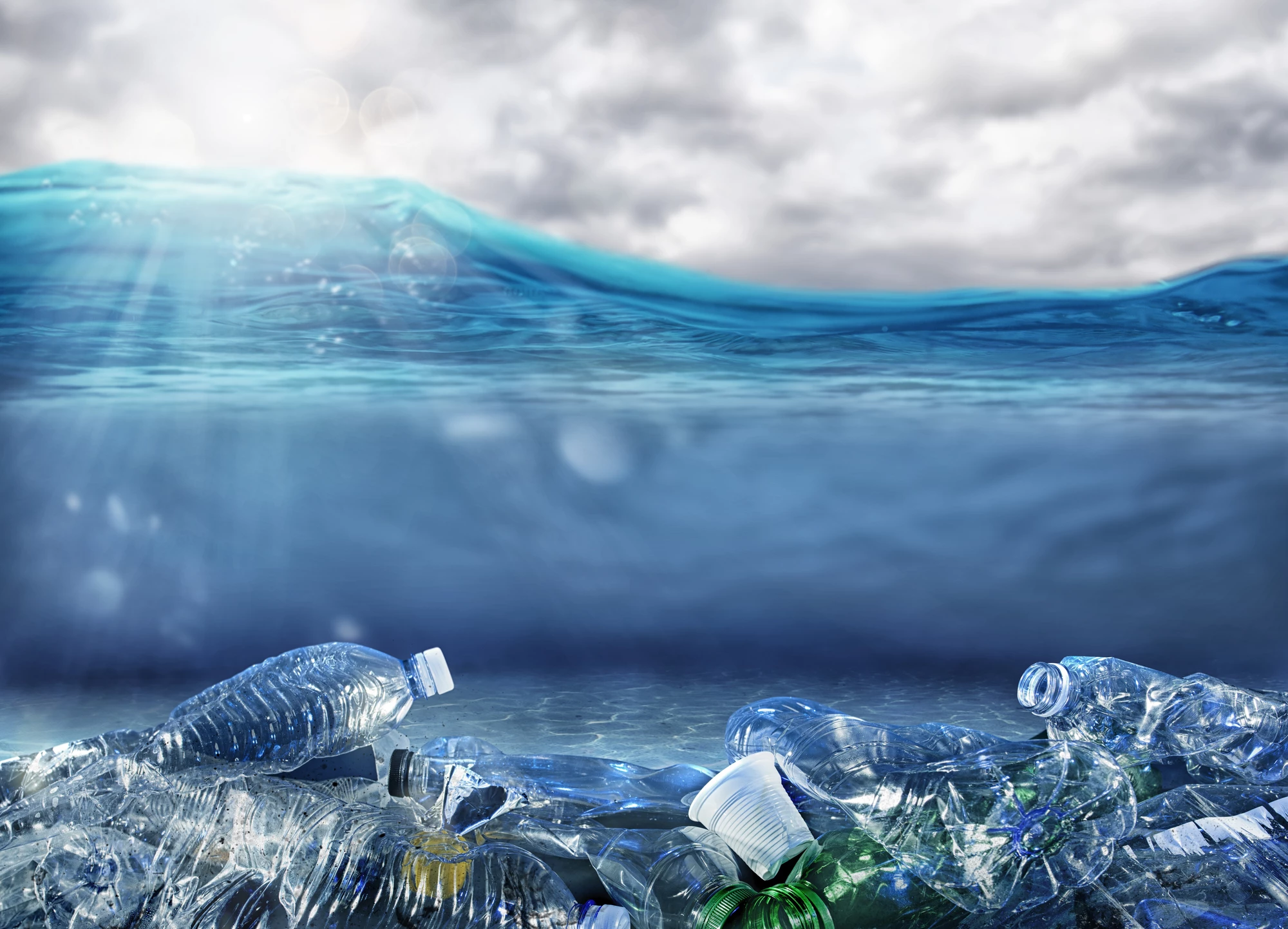Part of the great difficulty in tracing the path of plastic pollution through the environment is the processes that break it down into tiny pieces along the way, such as the corrosive forces of ocean currents or ultraviolet light. Recently, scientists have begun to uncover evidence of how the digestive systems of certain animals can play a part in this process, with the latest concerning a small crustacean that can turn microplastics into “nanoplastics” in just four days.
The degradation of plastic once it enters the marine environment is one of the big complicating factors for scientists working to understand its spread. The crushing pressure of the ocean along with UV radiation have been known to break plastics down into smaller pieces less than 5 mm (0.2 in), called microplastics. But lately we’re learning how marine creatures can naturally break these down into even tinier fragments, which the authors of a new study call “nanoplastics.”
The research was carried out by scientists at Ireland’s University College of Cork, and focuses on a 2-centimeter-long (0.8-inch) crustacean called Gammarus duebeni that lives in freshwater streams in Ireland. The team conducted experiments whereby the creatures were exposed to microplastics in the laboratory that had been loaded up with a specific color dye.
Dissecting the digestive tracts of the animals and then observing them under a fluorescence microscope enabled the team to track the colored plastic particles in their tissue. This revealed that the crustaceans fragmented nearly 66 percent of the microplastics from their original form into irregular shapes and sizes, including nanoplastics measuring less than a micrometer in size.

This process took less than four days, with the highest proportion of nanoplastics occurring when the only plastic fragments the crustaceans were exposed to were in their food. The researchers say this suggests the fragmentation process is closely tied to the act of feeding, and while this effect was observed in a species endemic to Irish freshwater streams, it may well be playing out elsewhere.
“We have found that the freshwater amphipod, a small crustacean, called Gammarus duebeni is able to fragment microplastics into different shapes and sizes, including nanoplastics, in less than four days,” says study leader Dr Alicia Mateos-Cárdenas. “Whilst this species lives in Irish streams, they belong to a bigger animal group of invertebrates commonly found around the world in freshwaters and oceans. Our finding has substantial consequences for the understanding of the environmental fate of microplastics.”
These findings mirror those of another study published back in April, which found that some lobsters can grind plastic fragments down into smaller pieces before they are released into the ocean. These kinds of revelations combined with other research into how small plastic particles can cause aneurysms and reproductive changes in fish, paint a concerning picture of how this plastic pollution poses a threat to all kinds of marine species.
“These invertebrates are very important in ecosystems because they are prey for fish and birds, hence any nanoplastic fragments that they produce may be entering food chains” says Mateos-Cárdenas. “The data in this study will help us to understand the role of animals in determining the fate of plastics in our waters, but further research is urgently needed to uncover the full impact of these particles.”
The research was published in the journal Science Advances.
Sources: University College Cork, The Conversation




